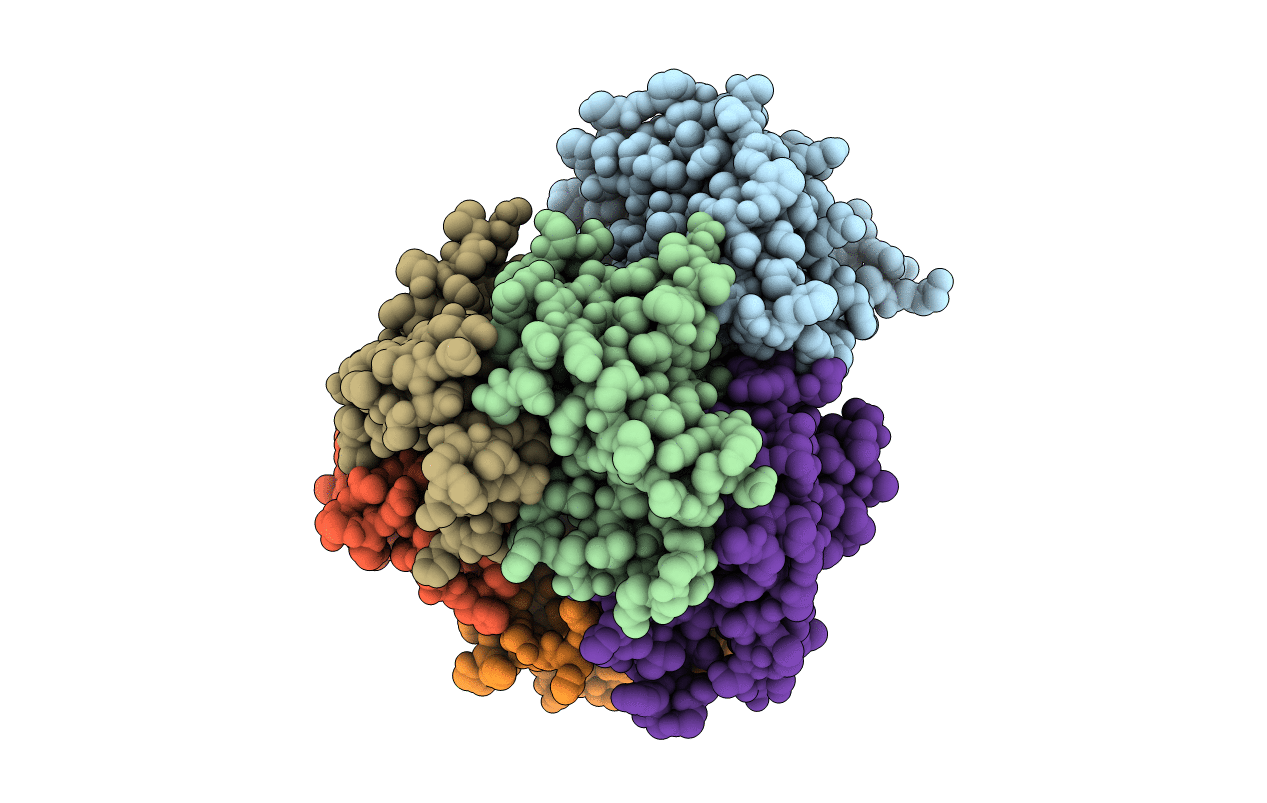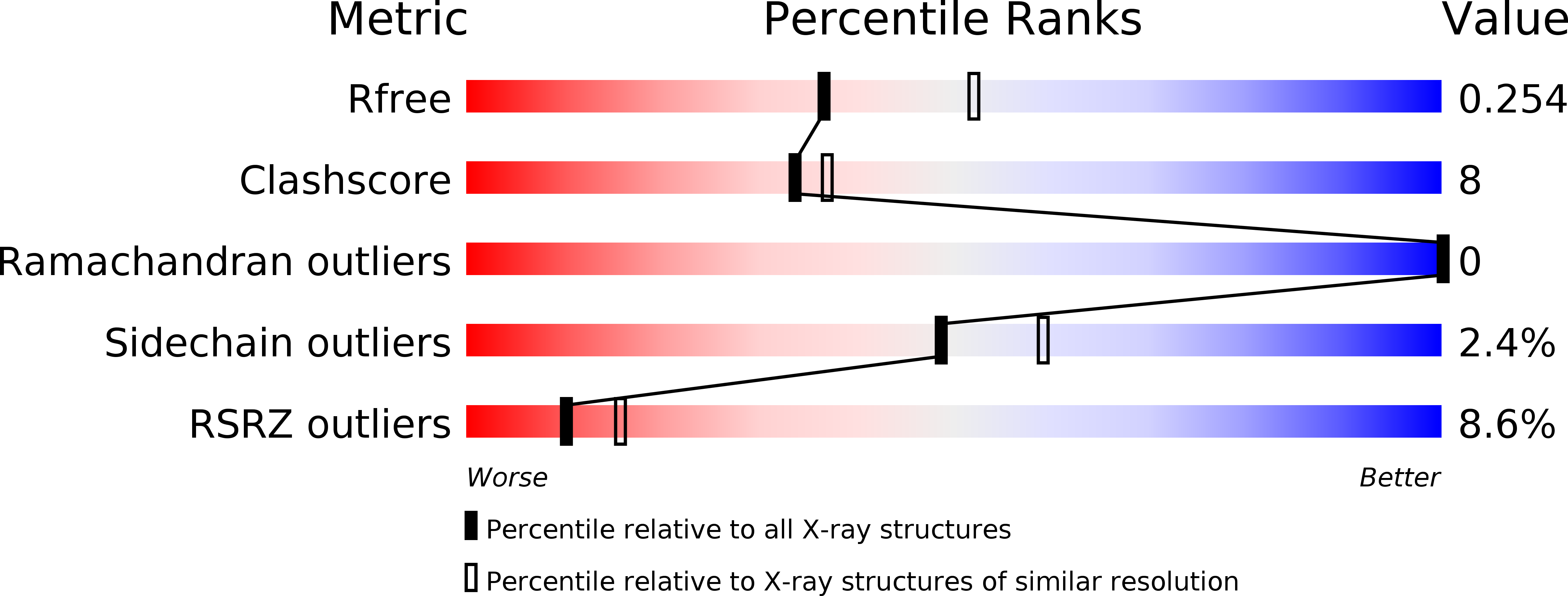
Deposition Date
2015-04-10
Release Date
2016-10-12
Last Version Date
2024-11-06
Method Details:
Experimental Method:
Resolution:
2.35 Å
R-Value Free:
0.25
R-Value Work:
0.19
R-Value Observed:
0.19
Space Group:
P 65


